Sleep Apnea Surgery—Prosper, TX
Finally Get the Rest You Deserve

While oral appliance therapy, CPAP therapy, and overall lifestyle changes are frequently successful in helping people treat their sleep apnea, sometimes, more is needed. In rare cases, surgery can make a huge difference in someone’s ability to finally get restful, restorative sleep. At Texas Dental Surgery, we can provide many different types of sleep apnea surgery in Prosper. They are all designed to remove the root cause of the condition, which can drastically reduce or even completely eliminate symptoms for some patients.
WHY CHOOSE TEXAS DENTAL SURGERY FOR Sleep Apnea Surgery?
- Led by a Certified Periodontist & Two Oral Surgeons
- Locally-Owned Specialty Dental Office That Treats Patients Like Family
- Able to Fix the Most Severe Forms of Sleep Apnea
Surgical Treatments for Sleep Apnea
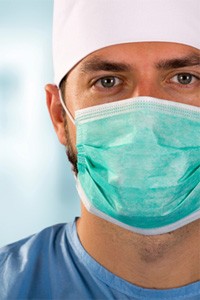
Surgery is typically considered to be the final option for those dealing with persistent sleep apnea that isn’t responding to other methods. When you come to see us, your oral surgeon will give you a detailed exam and consult with your sleep physician if possible to determine which of the following procedures might suit you best.
Nasal Surgery
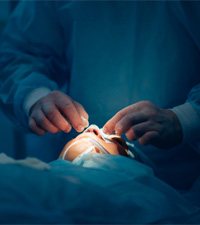
People should primarily breathe through their nose throughout the night, but it can develop a blockage due to things like a deviated septum or polyps. Removing either of these obstacles creates more space for air, not only making breathing easier, but it can also restore some people’s ability to smell.
UPPP
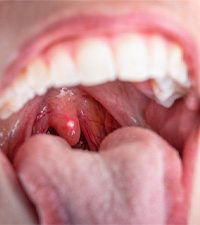
A uvulopalatopharyngoplasty (or UPPP) involves removing excess tissue from the soft palate and pharynx (back of the throat) as well as the tonsils to open the upper airway. It is one of the most common surgical methods used to correct sleep apnea because the condition often stems from these tissues collapsing together after someone lays down.
The Pillar Procedure
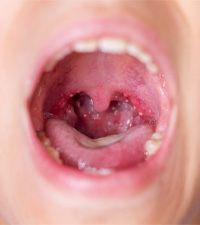
For the Pillar Procedure, three small pillars (which are actually tiny rods) are put into the soft palate to encourage an inflammatory response, which will cause it to stiffen. This will reduce the chances of it collapsing into and blocking the throat during the night, which can be a primary cause of snoring and sleep apnea.
Hyoid Advancement
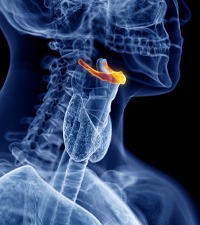
Your tongue and throat attach toward the back of your neck, and this is where you will find the hyoid bone. Someone that has a larger than average tongue base can suffer from sleep apnea when it obstructs their breathing throughout the night. But, we can slightly reposition the hyoid bone to prevent this from happening.
Tongue Advancement/Reduction
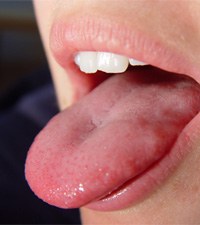
We can move the tongue slightly forward or remove unnecessary tissue to make it less likely to fall into the throat when someone tries to sleep, removing one of the primary causes of sleep apnea.
Lower Jaw Advancement
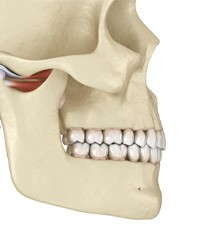
A small or narrow jaw can make it easier for the upper airway to become cut off during sleep, but by moving the lower jaw forward, we can make breathing easier while also improving the function of the mouth as well as facial aesthetics.
Tracheostomy
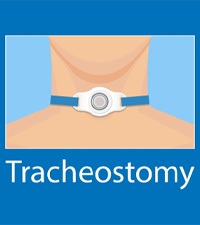
A tracheostomy involves rerouting someone’s airway around whatever blockage may be occurring in their mouth or throat. This is considered to be a last resort and will only be recommended after all other treatments have been exhausted. It is only used to address the most severe forms of sleep apnea.
Take the First Step

If you’ve tried to treat your sleep apnea in the past and haven’t seen results, know that you still have more options thanks to Texas Dental Surgery. To learn more about them or schedule a consultation to see if any of these procedures might offer the answer you’ve been looking for, contact us today .

